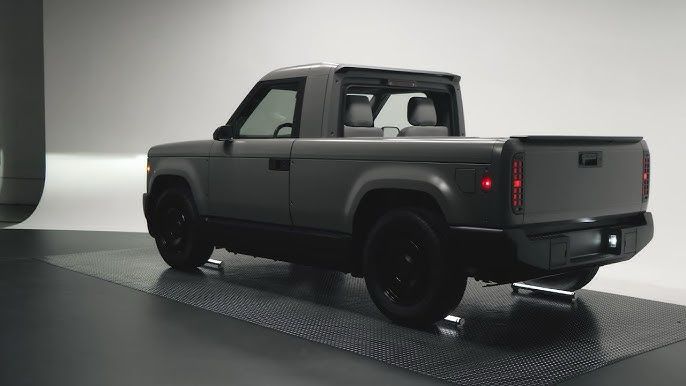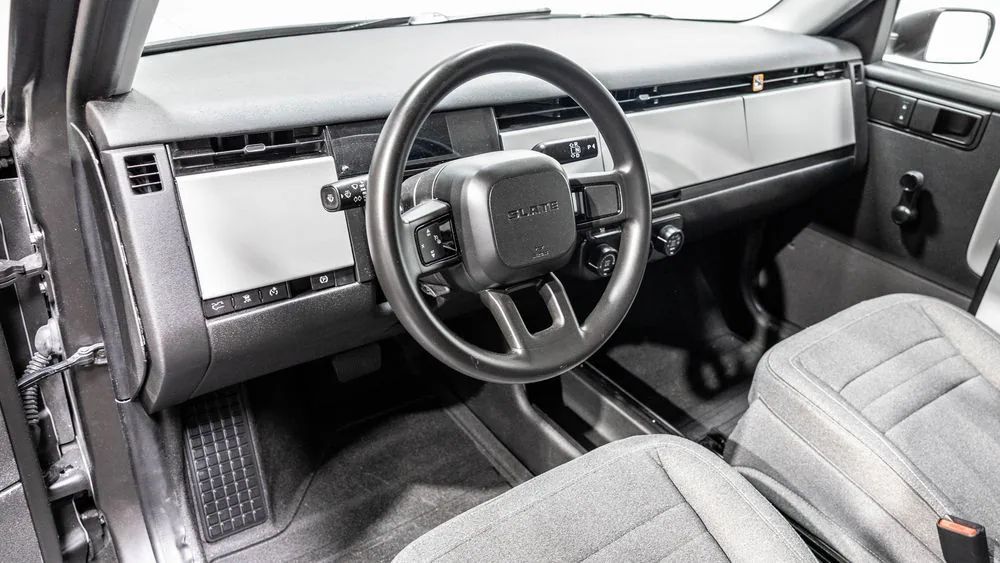American drivers have long loved the powerful V-8 engines found in big pickups like the Ford F-150, Chevrolet Silverado, Ram 1500, and Toyota Tundra. However, in recent years, brands have begun shifting toward more fuel-efficient and environmentally friendly alternatives. Ford has introduced an all-electric version of the F-150, known as the ‘Lightning,’ while Chevrolet has followed suit with the Silverado EV. Meanwhile, Toyota has moved away from V-8 engines, downsizing to V-6 powertrains paired with hybrid technology in the Tundra.

Lately, more and more drivers have grown weary of high fuel costs and the challenges of maneuvering oversized trucks in daily life. Many now seek smaller, more fuel-efficient vehicles that are still practical for running errands, hauling materials, and tackling home projects.

The Ford Maverick showed that there really is a hunger for compact pickups. When it arrived, customers snapped them up faster than dealers could stock them. The Maverick proved that a smaller, lighter truck can still haul a lot, save fuel, and feel friendly to drive in tight city streets or on the highway. Even so, some drivers thought the Maverick still had more features than they needed. They didn’t want fancy infotainment screens or painted finishes. They wanted a simple, hard-working truck they could shape to their own needs.
That is where the slate truck idea comes in. Right from the factory, these trucks arrive in plain gray primer. They have black-steel wheels, steel bumpers, and a bare-bones interior without a radio or touchscreen. The seats are covered in vinyl, easy to wipe clean after a muddy job. Without paint or infotainment, the price drops by thousands of dollars. This gives businesses, contractors, and hands-on owners a blank canvas. They can add ladders, racks, company logos, or even their own stereo and navigation system exactly when and how they want.

Even billionaires are paying attention. Jeff Bezos, known for betting on big changes, has reportedly shown interest in investing in this slate truck concept. He sees the same chance to shake up the market that he once saw in online shopping. With his backing, these trucks could evolve into electric versions, offering zero-emission commuting in a simple, sturdy package. That possibility appeals to drivers who want to shrink their carbon footprint but still need a pickup’s versatility.
As families, small businesses, and adventure-seekers look for an easygoing, fuel-smart truck, the slate truck could fill a new gap. It answers the call for less power but more purpose, less flash but more function. By starting with a lean, unadorned vehicle, owners can build the pickup they really need whether that means a workhorse for a construction crew, a weekend camping rig, or an everyday commuter that laughs at rush-hour traffic. In a world where bigger has long meant better, the rise of smaller, simpler pickups reminds us that sometimes less truly is more.




